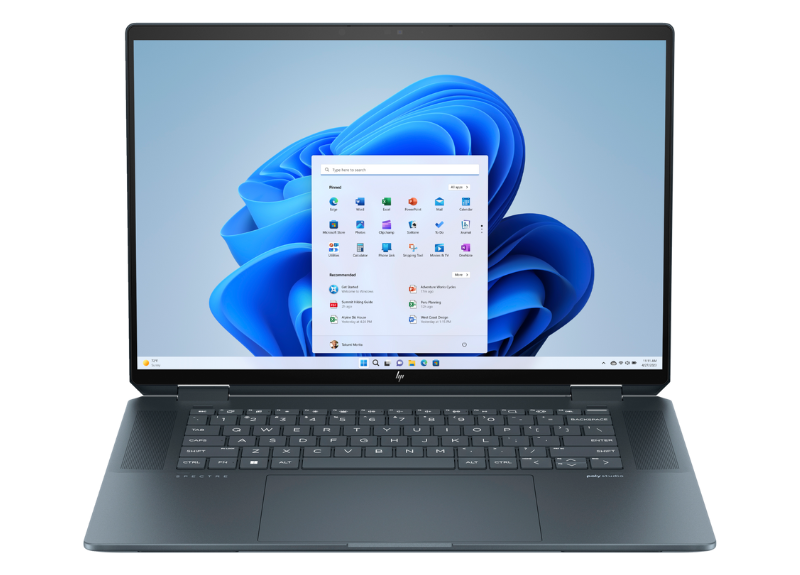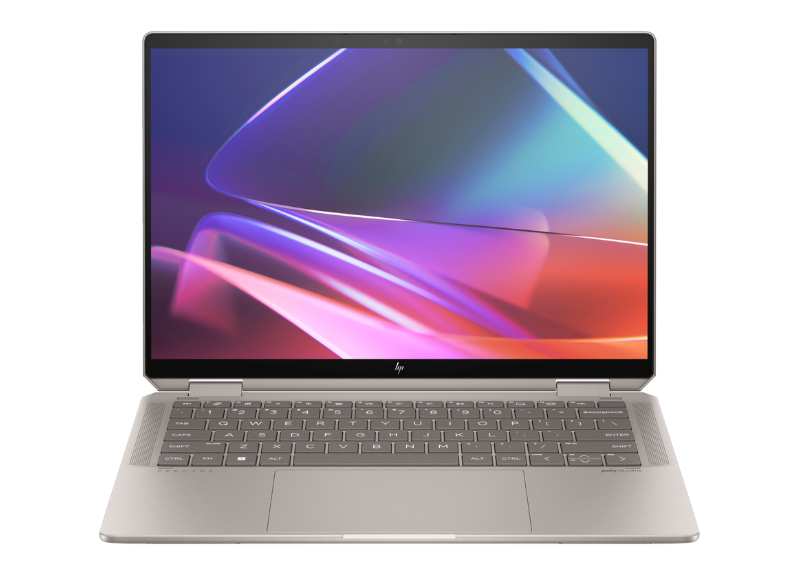
HP Spectre Foldable
HP Spectre Foldable 17-cs0097nr, Windows 11 Home, 17″, touch screen, Intel® Core™ i7, 16GB RAM, 1TB SSD, 2.5K, Space blue—————————————————————–……
$4.999.99

HP-Spectre x360
HP Spectre x360 2-in-1 Laptop 14t-eu000, 14″, Intel® Core™ Ultra 5 125H (up to 4.5 GHz, 18 MB L3 cache, 14 cores, 18 threads) + Intel® Arc™ Graphics + 16 GB(Onboard).
$1,149.99

HP Spectre x360 2-in-1
HP Spectre x360 2-in-1 Laptop 14-eu0097nr-Intel® Core™ Ultra 7 155H (up to 4.8 GHz with Intel® Turbo Boost Technology, 24 MB L3 cache, 16 cores, 22 threads)[6,7]
$1,399.99




